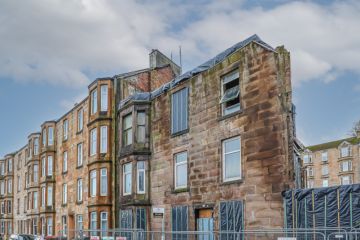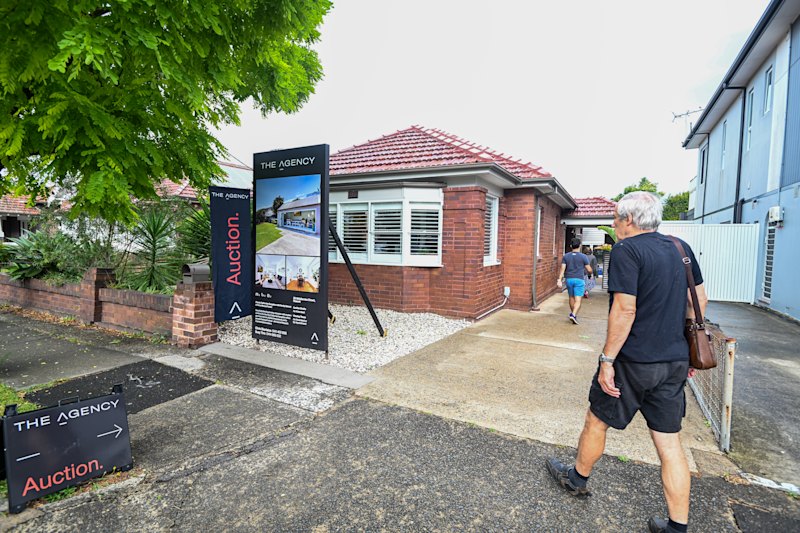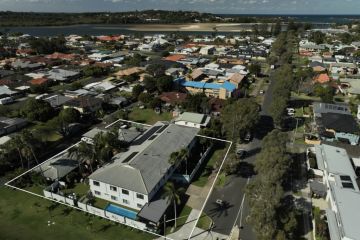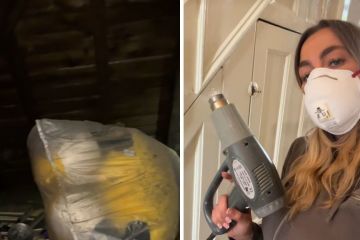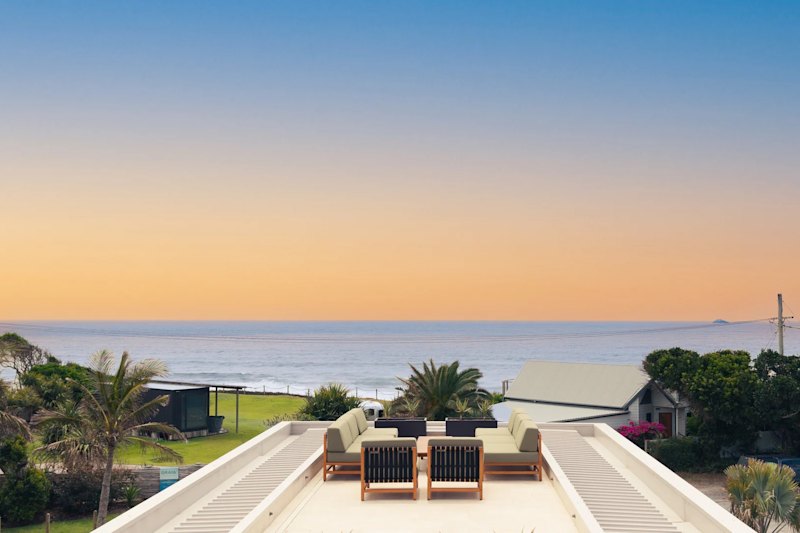Buckingham Palace renovation: A royal update to Queen Elizabeth's digs
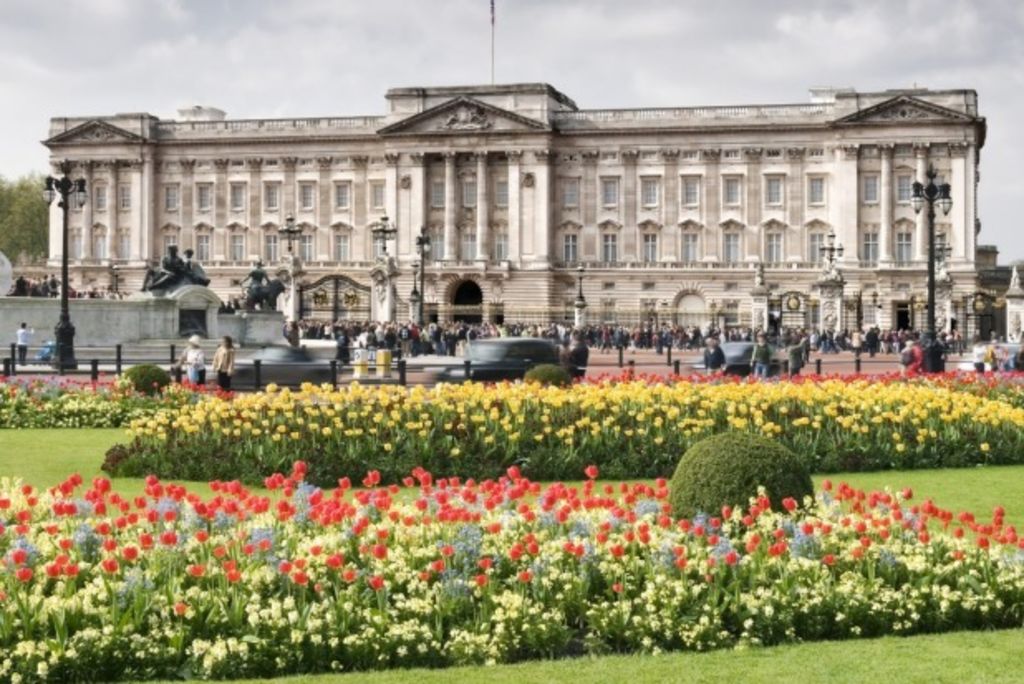
Having heard that Britain’s longest reigning sovereign was thinking of renovating her London home because, aside from routine annual maintenance – and last year reefing out $600,000 for asbestos removal – the old place hasn’t been “done” for 60-something years, one decided to take a look around to see what she might do to update her digs.
Acquired by George III in 1761 as a country house he preferred to keep plain, Buckingham House was expanded and remodelled through the 1820s by George IV’s favourite architect, John Nash, into a U-shaped arrangement featuring 19 State Rooms so opulent that “Nash the Hash” was eventually dismissed for “uncontrolled extravagance”.
These dazzlingly silk-hung interiors with some of the most extraordinary plaster ceilings and parquetry floors ever created were about amplifying “the theatre of monarchy”.

It is rumoured the palace has many toilets that have not been updated to the latest in dual-flush technology. Photo: Royal Collection 2008, Her Majesty Queen Elizabeth II.
These are the rooms opened annually to about 500,000 paying guests who shuffle across thick carpets to have a sticky at how the monarchical class lives.
While a public backdrop for the business of royalty, Buck House only became a residential palace in 1837 when Queen Victoria moved in.
By 1840 she was complaining of “a total wont of accommodation for our little family” and had the front east wing added to bring the room total to 775 rooms with 240 bedrooms and 78 bathrooms.

Does golden gilding still have a place in 2015? Photo: Royal Collection 2008, Her Majesty Queen Elizabeth II.
Only 78 bathrooms! There immediately is scope for improvement.
Although technically an empty nest since the kids left, in the modern world, every resident needs an en suite.
Naturally, the royal suites on the north wing are off limit to the hoi polloi.
And while under microscopic examination some hairline cracks in plaster, pitted parquetry and a few cracked marble hearths are evident in the State Rooms, it is the private apartments that have the problems requiring millions of pounds to sort.
“How much?” the Queen is said to have gasped.
In Her private realm, stories circulate of buckets put out to catch rainwater leaks, smoke-stained paintwork, flaking plaster, ancient wiring and creaking plumbing. Apparently some of the WCs are so old they have chain-pull cisterns.

One of the more difficult considerations surrounding the renovation is identifying what is about to come back in trend. Photo: Royal Collection 2008, Her Majesty Queen Elizabeth II.
But $306 million – at least, just for remedial work, does seem a lot when so few folk – let alone nations – can afford to maintain a pile of such majestic proportions.
The modern solution would be to subdivide, redevelop and sell off. Rooms of such volume (the ballroom has 14-metre-high ceilings) would be eminently suited to horizontal or mezzanine stratification.
Apartments on the garden front, overlooking the 14.9 hectares (37 acres) of private greenery would be the premium sellers. Imagine what they might fetch in a city where two bedroom flats in subdivided Victorian terraces in the best areas can fetch up to $4 million?
What queen’s ransom would the front balcony suite fetch?
To fully contemporise, we’d have to do away with all that dated gilding and definitely square set those over-the-top place ceilings. Removing all those dust-catching chandeliers (so 2005) would help, and so would painting the whole scheme white to maximise the sometimes challenged London sunlight.
While we’re at it, could we lime wash the parquetry for the same effect? Most of the white marble can stay.
The Queen only resides in Buckingham Palace for six months of each year and apart from owning many weekenders around the UK, has recently purchased an apartment overlooking the East River in New York.
Now there’s an up-to-date solution. The advent of the commuter queen?
(With respect ma’am … only joking!)
We recommend
We thought you might like
States
Capital Cities
Capital Cities - Rentals
Popular Areas
Allhomes
More
